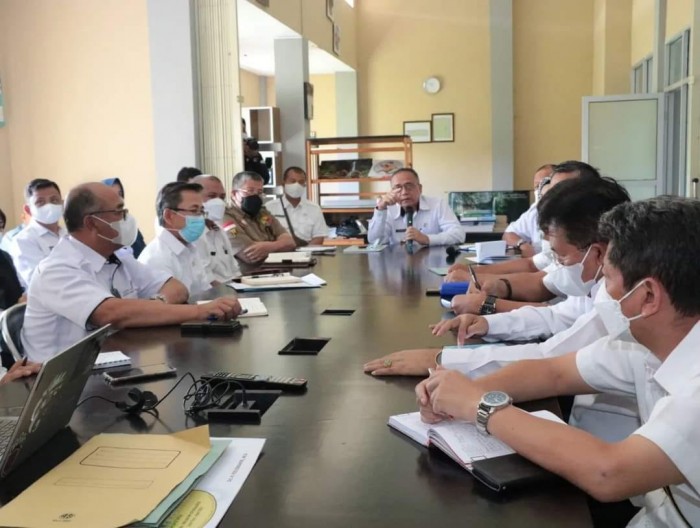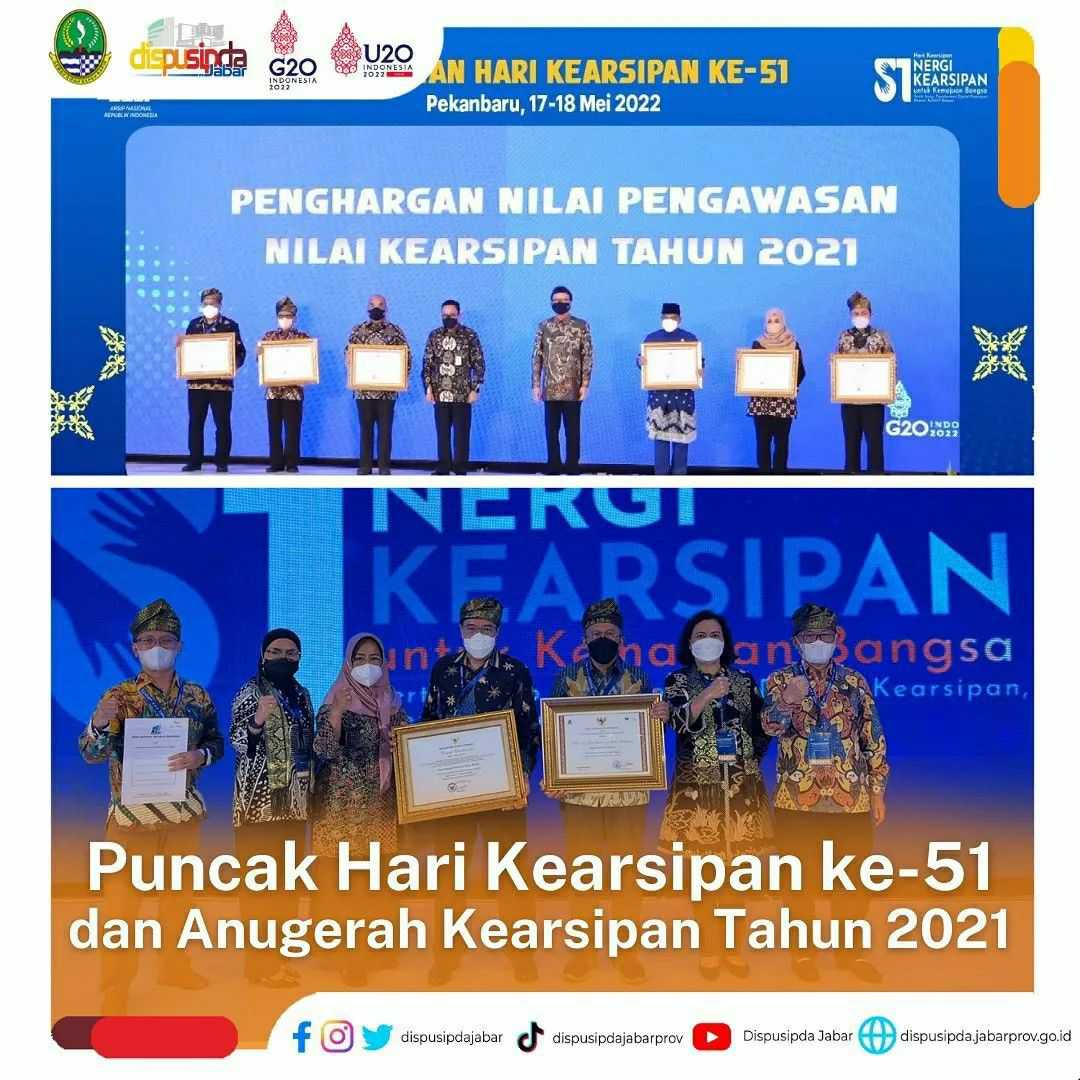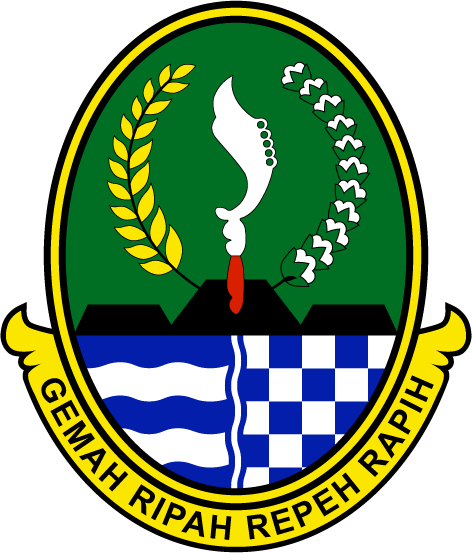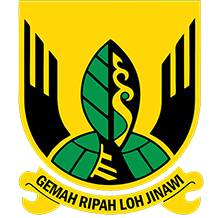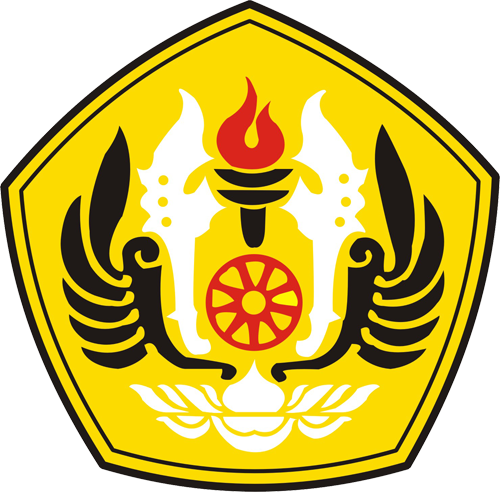Intangible Culture Heritage Inventory for CPUGGp
At each of the geoparks of Unesco Global Geopark, we’ve known that there are plenty of lifestyle evolutions of the unique culture origins throughout hundreds or even thousands of years of process. Culture heritages are not only in tangible form (perceptible by touch), but in intangible form as well. An intangible culture heritage is a practice, representation, expression, knowledge or skill that consists of non-physical intellectual wealth such as legends, myths, folklores, customs, beliefs, traditions, and more. Most of these intangible heritages have not been documented or written and of course, we are very concerned that these ancestral heritages might be forgotten as time goes by. It requires great efforts to preserve these unique heritages.
As a preliminary step to preserve our culture, especially intangible culture heritages, Management Board of Ciletuh_Palabuhan Unesco Global Geopark (CPUGGp) together with Youth, Sport and Cultural Department of Sukabumi District held a meeting with 25 art and culture activists on August 12 2020 that took place at Augusta Hotel Palabuhanratu. This meeting’s purpose is to elaborate on many things in dealing with what they know about its culture. They asked for resourceful representatives to be interviewed by the team from Institut Seni Tari dan Budaya Bandung.
In fact, based on the meeting, it was revealed that there are many original myths, legends, folklores, dances, and songs from the 8 subdistricts where CPUGGp are located. They are about Dogdog Lojor (traditional music instruments), Parebut Seeng (combination of traditional dance and martial arts), Debus (about sharp weapon and mercury insusceptible). All those traditional arts are always performed in Serentaun (traditional ceremony of harvest time). Also, the story about "Borneo of Java”, a history of Jaringao Village occopied by the Javanese. In colonial era, they were sailed to be employed in Kalimantan Island (Borneo). But they were deceived, in reality were sailed in circle and were dropped off in Jaringao, Surade Subdistrict, still in Java Island. That’s why to this day, Jaringao Village residents still speak Javanese. This story has not been written or documented.
As preparation, the participants were asked to have some discussions with their colleagues and to collect as much information as possible to have a complete narration. They had also had a brief explanation about the definition and basic knowledge about what intangible culture heritage is. They had to have a better understanding about the culture to have awareness about the importance of maintaining their cultural identity. The result of the identification and deep investigation will be written in printed book as document by Institut Seni Tari dan Budaya Bandung.
YPY_2020_Culture&Custom_CPUGGp_West Java Indonesia..







